iOS music making: 2010's apps and hardware in pictures

January
Like it or not, 2010 will go down as the year that Apple’s iOS became a serious player in the world of music making. Here, MusicRadar selects 12 landmark moments for Apple’s mobile operating system, starting with the launch of Steve Jobs and co’s much-talked-about tablet.
Its name and image have become so ubiquitous that it’s easy to forget that the iPad has been around for less than a year. However, a few leaks aside, no one outside of Apple had even seen one prior to 27 January 2010. Critics argued that this “magical and revolutionary product” amounted to little more than an oversized iPod touch, but as 2010 was to progress, it became clear that the iPad’s additional screen size makes it an entirely different kind of platform - particularly for music makers.
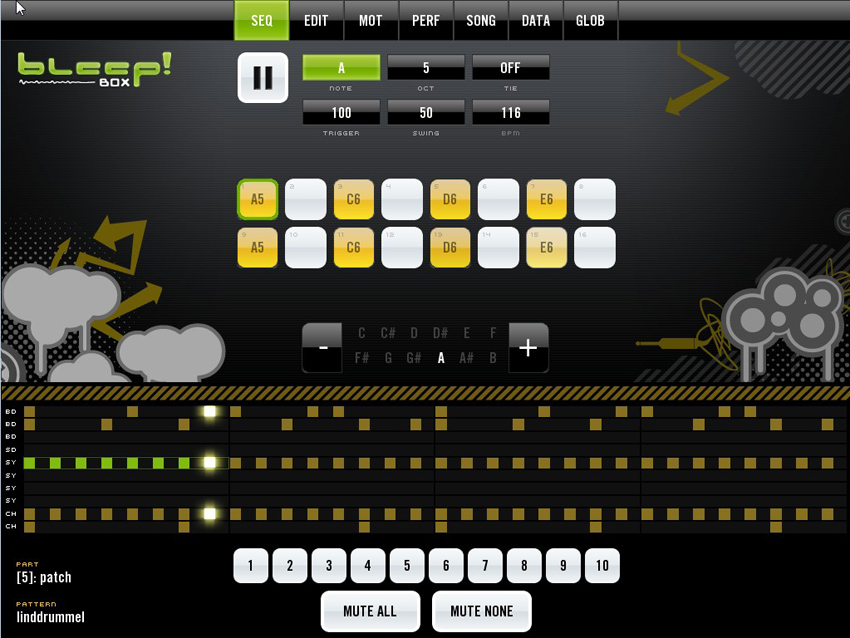
February
Although the iPad wasn’t to launch until April, music-making app developers started previewing their forthcoming wares way before that. White Noise Audio was the first cab off the rank with a preview of an iPad-shaped version of bleep!BOX, with developer David Wallin commenting that "The bigger interface will allow for a better 'heads up' display of the full tune you are working on, as well as global access to things like the mute buttons". As the year progressed, dedicated iPad versions of many other apps were to follow, while the recent launch of a bleep!BOX PC/Mac VST plug-in means that the software is now truly cross-platform.
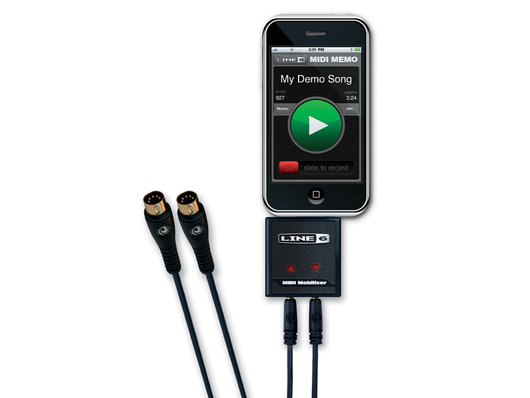
March
Those who’d been hankering for a way of playing their iPhone/iPod touch apps from a MIDI controller got a huge boost in March when Line 6 launched its MIDI Mobilizer interface. This was initially compatible with just the companion MIDI Memo Recorder app, but thanks to the release of the MIDI Mobilizer SDK in August, other developers have since ‘Mobilized’ their software. By the end of November, 12 apps worked with Line 6’s interface, and many more are said to be in development.
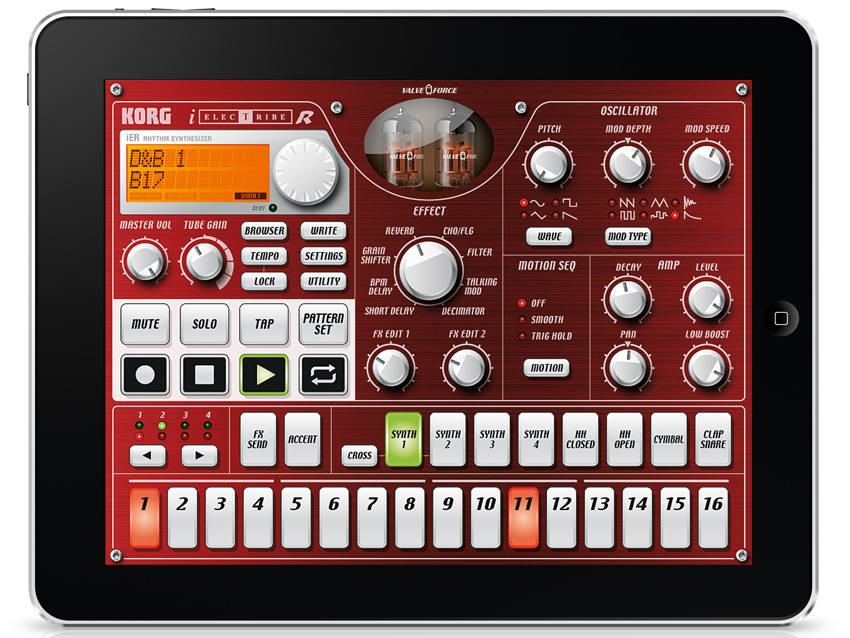
April
It was always going to be necessary for one of music technology’s ‘big boys’ to make a serious entry into the app arena for iOS to become a truly credible platform, and that happened when Korg launched this iPad version of its Electribe R. Inspired by its success, the company went on to release the iMS-20 (a virtual marriage of the MS-20 semi-modular synth and SQ-10 step sequencer) in November, demonstrating its commitment to the platform.
READ: Korg iElectribe review

May
Given that, back in the ‘90s, Propellerhead’s ReBirth was the software that got a lot people into computer music making in the first place, its arrival on iOS felt like a significant moment. This was a warts ‘n’ all recreation of the Mac and PC original - meaning a slightly fiddly interface - but just the experience of having two 303s, an 808 and a 909 on a phone was enough to make a lot of music technology veterans get all emotional and nostalgic.
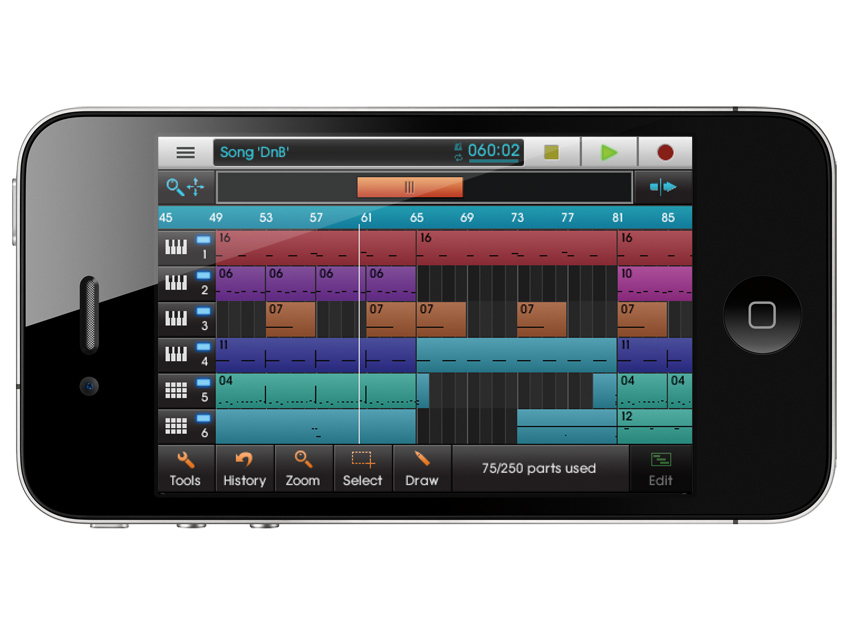
June
From the moment the App Store opened for business, musicians dreamt of it containing a DAW-style app that would enable them to create complete tunes on the go. For many, that dream came a step closer to becoming reality the day that NanoStudio was announced: here was an app that delivered sampling, synthesis, sequencing and mastering. It may yet be bettered - though Blip Interactive seems keen to keep adding new features - but NanoStudio will always be remembered as a landmark iOS release. Oh, and speaking of iOS, it was only in June that this name came into being, replacing iPhone OS as the title of Apple’s mobile operating system.
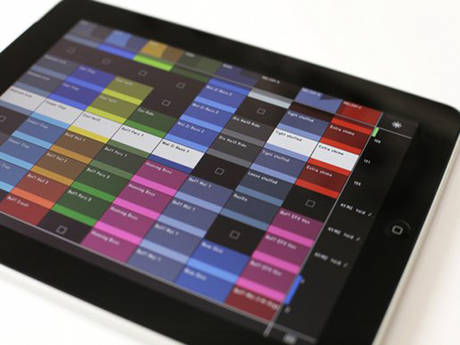
July
Controller apps started to appear on the iPad almost as soon as it was launched, but they got more sophisticated as the year went on. Liine’s app-specific Griid, which was announced in July, was a case in point - this Ableton Live clip launcher was developed by (among other people) Richie Hawtin, and was quickly followed by AppBC’s touchAble. Multi-touch apps like this surely played a part in the demise of JazzMutant’s revolutionary Lemur: it was announced in November that production of this much-admired controller has now ceased.
READ: Griid vs touchAble: iPad Ableton Live controllers head to head
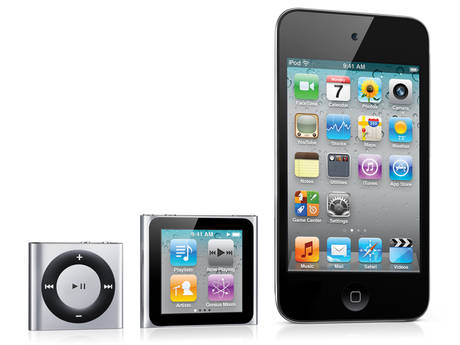
August
With massive fanfare and no little antenna-related controversy, Apple launched the iPhone 4 in June. However, if you want a pocket-sized iOS music-making device without a contract, the iPod touch 4G is the hardware to go for. Launched at the start of September (along with new versions of the non-iOS running shuffle and nano iPods), rumours if its existence trickled out throughout August, and it turned out to be just as svelte, powerful and desirable as reports had suggested.
READ: Apple news round-up: iTunes 10, Ping, iPods and Coldplay
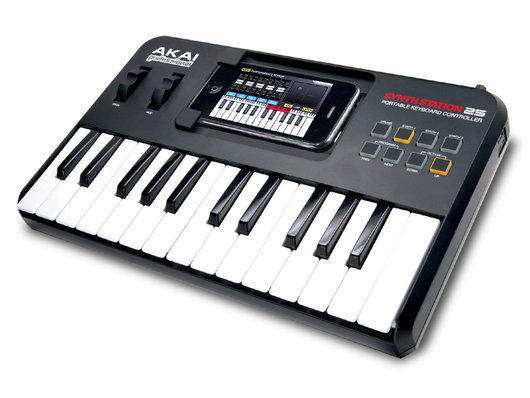
September
Another landmark iOS peripheral, SynthStation 25 was the first MIDI controller keyboard to come with a dock for your iPhone or iPod touch. It was launched with the companion SynthStation app, but now that Akai has opened up the SDK to other developers, we’re starting to see more SynthStation25-compatible music-making software. So, you now have an easy way of creating a self-contained mini iOS-based workstation or performance synth.
READ: 8 iPhone/iPad music making hardware add-ons (Akai SynthStation25)
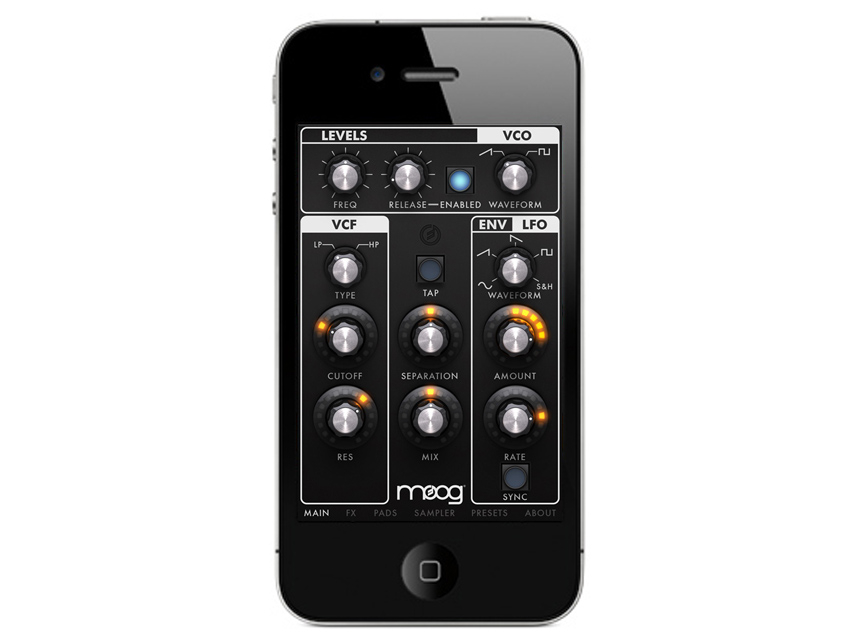
October
How did we know that iOS was starting to make a big impact on the world of music technology? There have been lots of tell-tale signs, but one of the biggest came in October when the most famous analogue synth manufacturer of them all broke with tradition by putting an app into Apple’s store. Offering a filter, LFO, distortion, delay, sampling and real-time X/Y tweaking, Filtatron feels like a little slice of history in the palm of your hand.
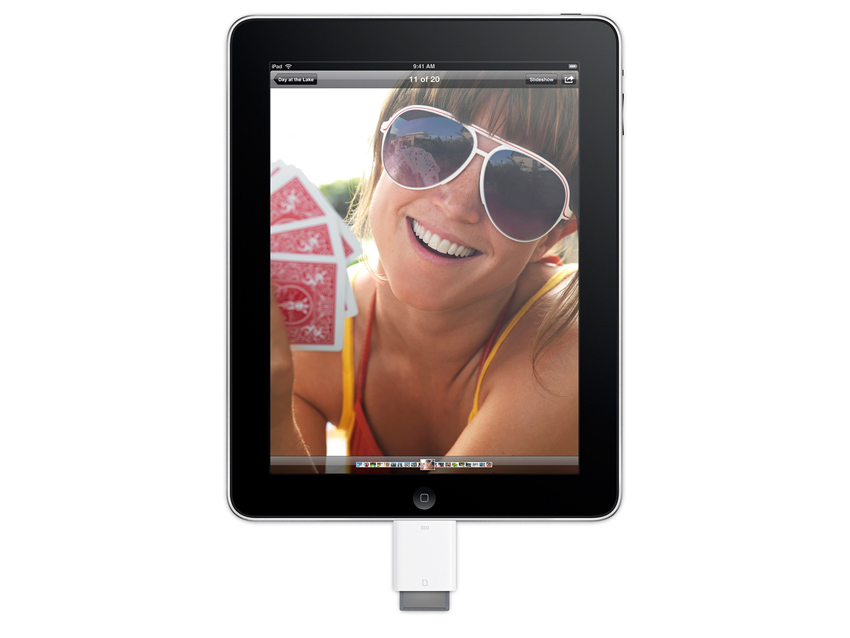
November
It may only have been a point release update, but one of the little-heralded new features in iOS 4.2 is actually quite important for music makers. Specifically, we’re talking about native MIDI support, so in some cases, you can just plug a MIDI keyboard into an iPad via the Apple Camera Connection Kit (pictured above) and then see it Just Work with compatible apps. MIDI over Wi-Fi is also part of the package, giving you another way to make your apps part of the wider music making world.
READ: Apple iOS 4.2 is here
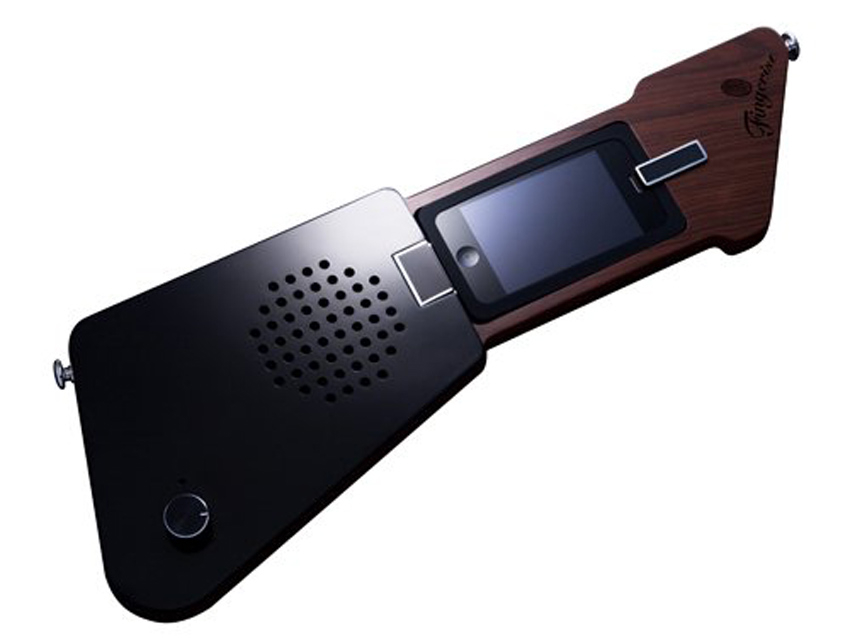
December
During the course of 2010 we’ve seen various apps that enable you to turn your iOS device into a playable instrument - Wizdom Music’s MorphWiz being a particularly impressive example - and The Fingerist, which was released in December, is designed to celebrate this fact. Slot in your iPhone/iPod touch, strap it on, and then play away while listening to yourself via the built-in speaker. It’s slightly bonkers, obviously, but in a year’s time, maybe we’ll all be wearing them…
READ: The Fingerist: the iPhone guitar/keytar
Liked this? Now read: The best music tech gear of 2010: synths, DAWs, plug-ins and more
Connect with MusicRadar: via Twitter, Facebook and YouTube
Connect with Rhythm: via Twitter and Facebook
Get MusicRadar straight to your inbox: Sign up for the free weekly newsletter

I’m the Deputy Editor of MusicRadar, having worked on the site since its launch in 2007. I previously spent eight years working on our sister magazine, Computer Music. I’ve been playing the piano, gigging in bands and failing to finish tracks at home for more than 30 years, 24 of which I’ve also spent writing about music and the ever-changing technology used to make it.